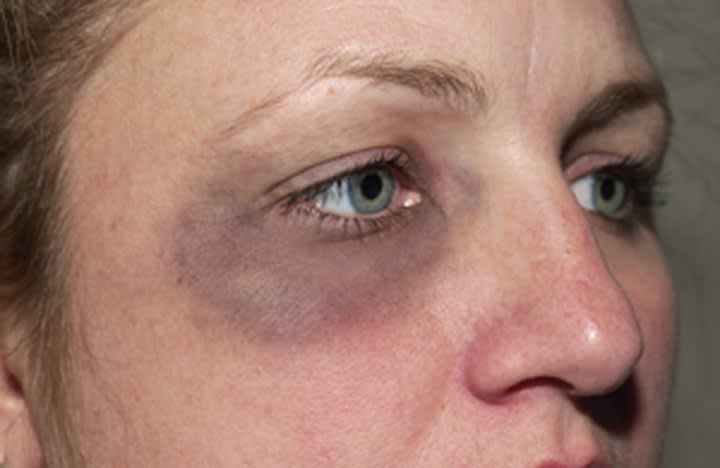Digital cameras are particularly well suited to this kind of photography because the picture is instantly visible on the LCD screen. The immediate feedback is helpful in making sure the picture is good quality.
The minimum requirements for a digital point-and-shoot should include an optical zoom lens, at least three to four megapixels (most new camera models offer significantly higher resolution), good built-in flash, some sort of macro setting, and basic flash control. Many of these cameras also include more advanced features and settings.
Camera Settings
It's important to understand your camera's limitations. All lenses have a minimum focusing distance. This means if you take a picture at less than this distance the photos will be blurry. To help counteract this, most digital point-and-shoots have a macro setting, usually indicated by a flower icon. This macro setting allows the camera to take better close-up pictures because the lens is able to focus properly at shorter distances.
Also it's usually best to adjust the zoom lens to a longer focal length (not the wide angle setting). This does two things. First, it helps alleviate one of the most common problems we encounter when taking injury pictures: washed out photos. The washed out photos are caused because the camera is too close to the subject. At these small distances the flash tends to overexpose the image, robbing detail from the photo. With the lens set at a longer focal length the camera and flash are further away from the subject, allowing for far better flash exposure. If you still find that the flash is washing out detail, a simple remedy is to tape a piece of white tissue or paper in front of the flash. This diffuses the flash, reducing the overall light output and softening the light, thus providing better detail.












